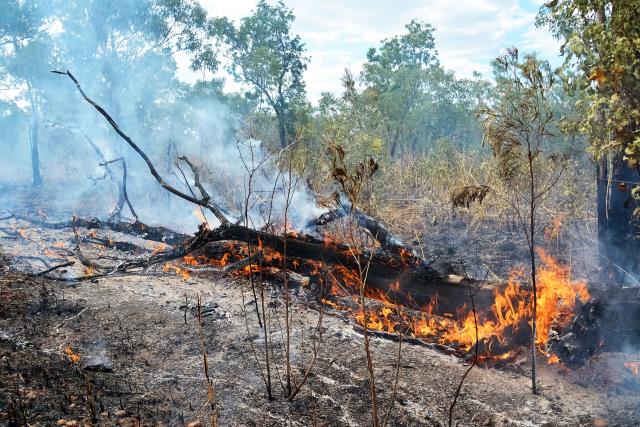
By Mikayla van Loon
Yarra Ranges Council has agreed to submit its thoughts and recommendations to the Bushfire Planning made Clearer Discussion Paper, an investigation organised by DELWP.
The Department of Environment, Land, Water and Planning (DELWP) have invited submissions from local councils to improve the bushfire planning schemes, particularly surrounding the bushfire building overlays.
Councillor Fiona McAllister said current planning schemes are difficult to navigate and are often quite subjective.
“The bushfire overlay that is in place over many parts of the Yarra Ranges is currently incredibly complex and for those seeking to build not just in our forested areas but in our many of our urban areas it produces complexity and expense and restriction and a very subjective experience for them to endure often at a great financial and personal cost,” she said.
Changes to the bushfire planning schemes were introduced after the 2009 Black Saturday fires and sought to prioritise human life over policy objectives and structural assets.
Cr McAllister said she had seen many changes and adaptations to the overlay system that started as the wildfire management overlay but this would be the best change she’d seen should the State government really hear the council’s concerns.
Yarra Ranges Council’s report discussed the insufficient recognition of the ‘right to build’ and the extent of construction standards that make it possible to safely build in bushfire risk environments.
“Fundamentally our council position is that we do support people’s right to build in the bush and we do support priority of life but that doesn’t mean people aren’t allowed to build in the bush and the country and the many parts of the Yarra Ranges covered by the bushfire management overlay,” Cr McAllister said.
“We do strongly support ‘a streamlined approval process that relies on achievement of prescribed technical standards that can be checked and confirmed by suitably qualified professionals.’
“At the moment there are many layers and many opportunities for subjective interpretation and that’s got to change.”
Cr McAllister said the standards to which houses are built and properties are maintained in bushfire areas probably protects the land more because of the precautions taken but wading through the planning schemes and processes are challenging and expensive.
Cr David Eastham said he was grateful to the State government for providing local councils the opportunity to submit to the discussion but said he really hoped it would all be taken into consideration.
“I hope for the many residents in the Yarra Ranges that have had to deal with this process that it is clearer, smoother, that the process is much more efficient with less red tape and bureaucracy and only having the red tape there that is actually needed,” he said.
Cr Johanna Skelton raised concerns about the clearing ability along fence lines, being up to five metres, to allow access in a bushfire situation, adding to the discussion around appropriate vegetation removal provisions.
She said she could understand the rule for larger, archeage properties but was not confident in the necessity and wished to abstain from voting rather than objecting. Cr Andrew Fullagar also abstained from voting.
Cr McAllister closed by saying a vast majority of people get the balance right between “protection of vegetation and protection of property and life” and fully supports the right to clear access ways along fence lines.
“It’s not about ensuring houses or fences continue to exist, it’s about protecting people and the animals and the wildlife that live in those areas and to enable firefighting crews to get through. We do have to accept that we do live in a fire prone area.”
The motion was carried unanimously with the two abstaining votes being outweighed by the other councillors.






